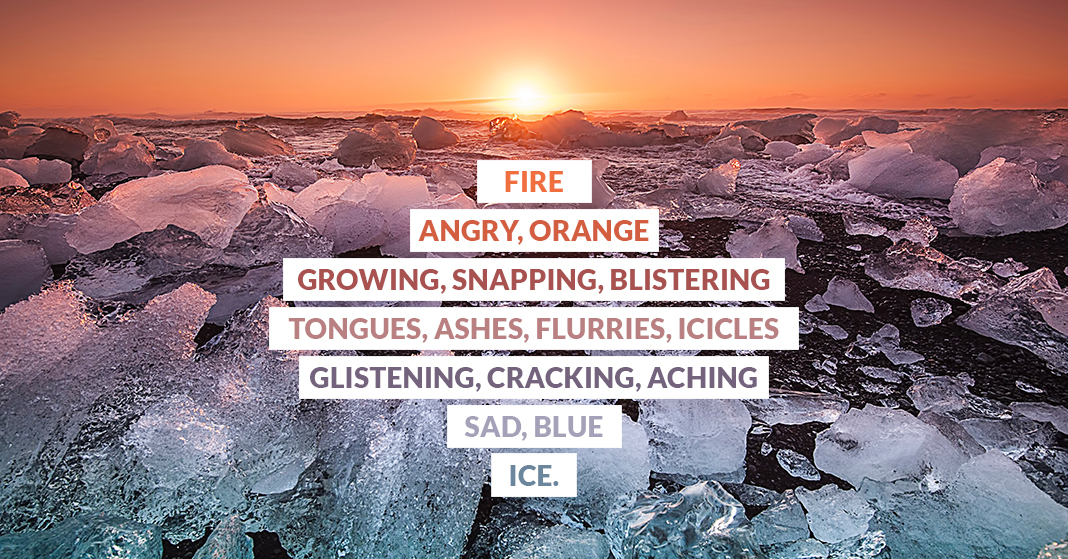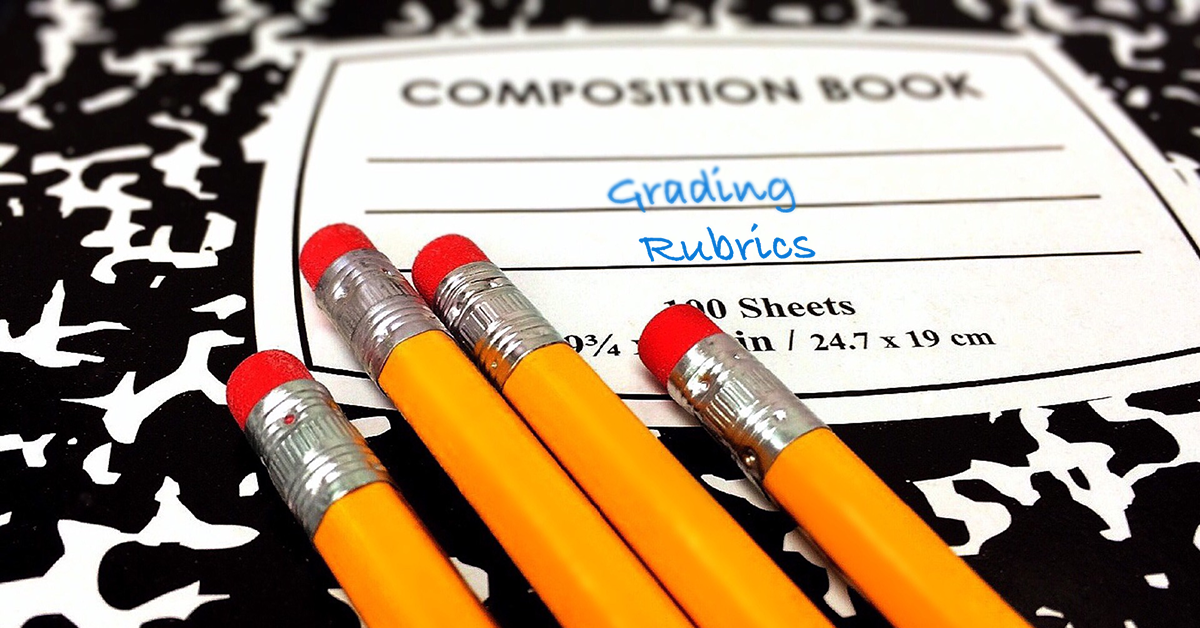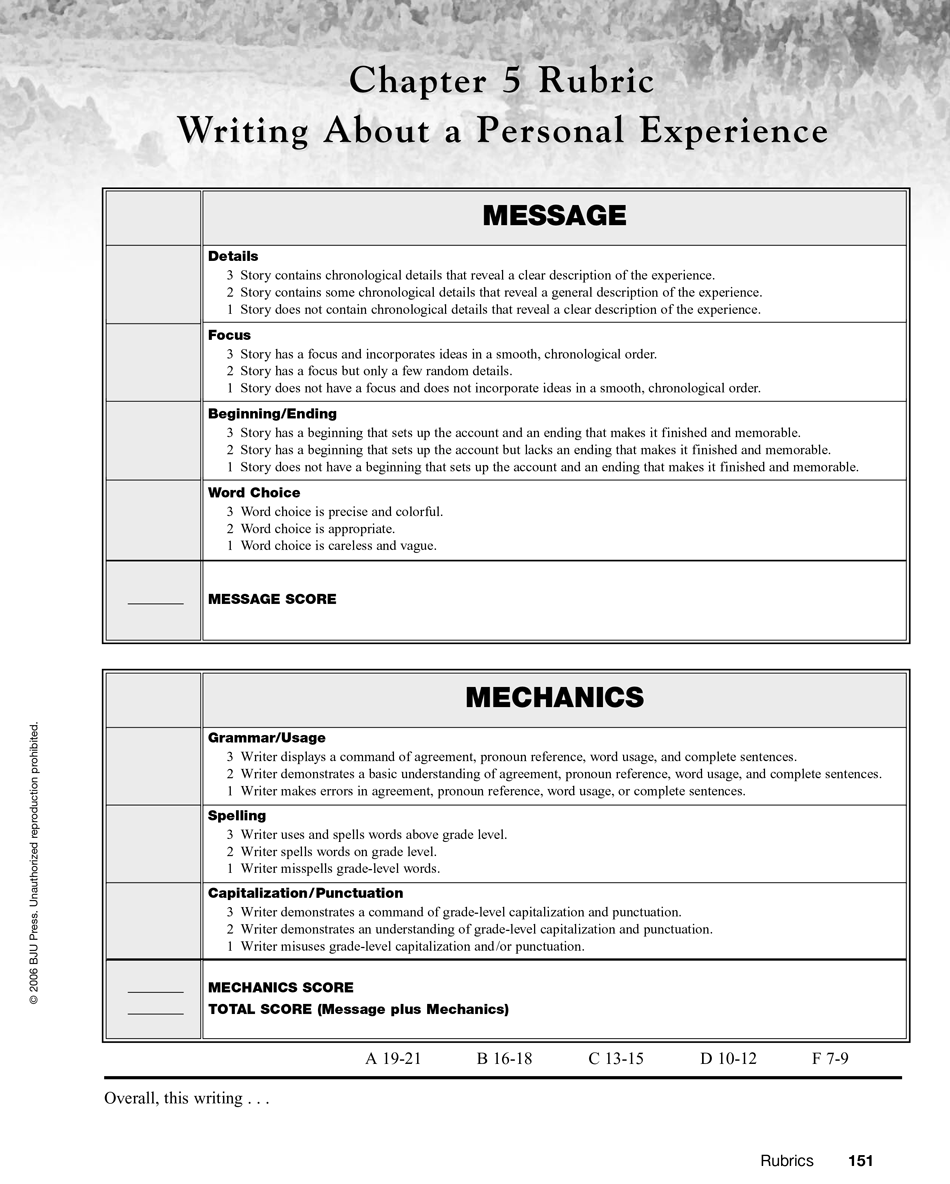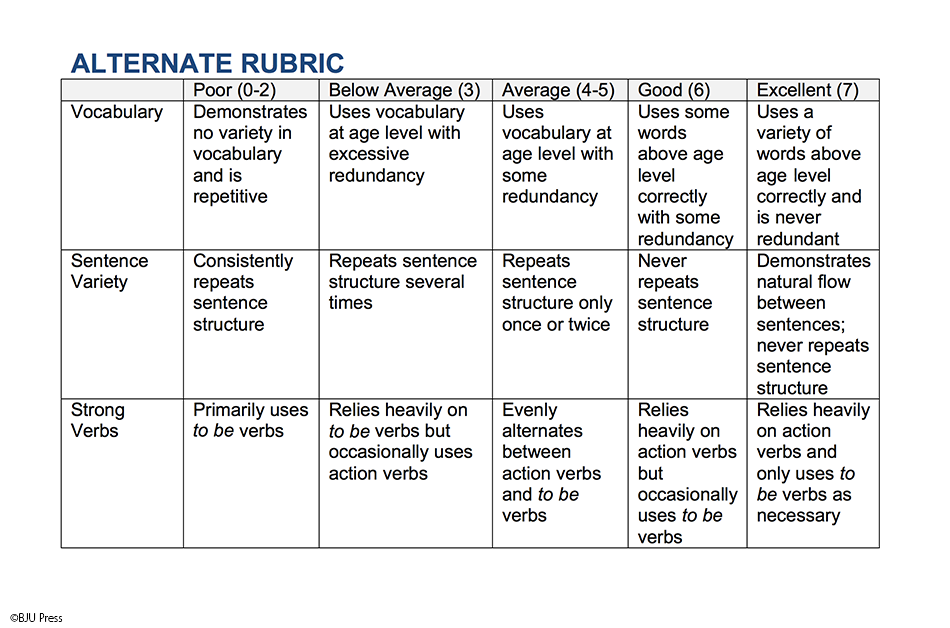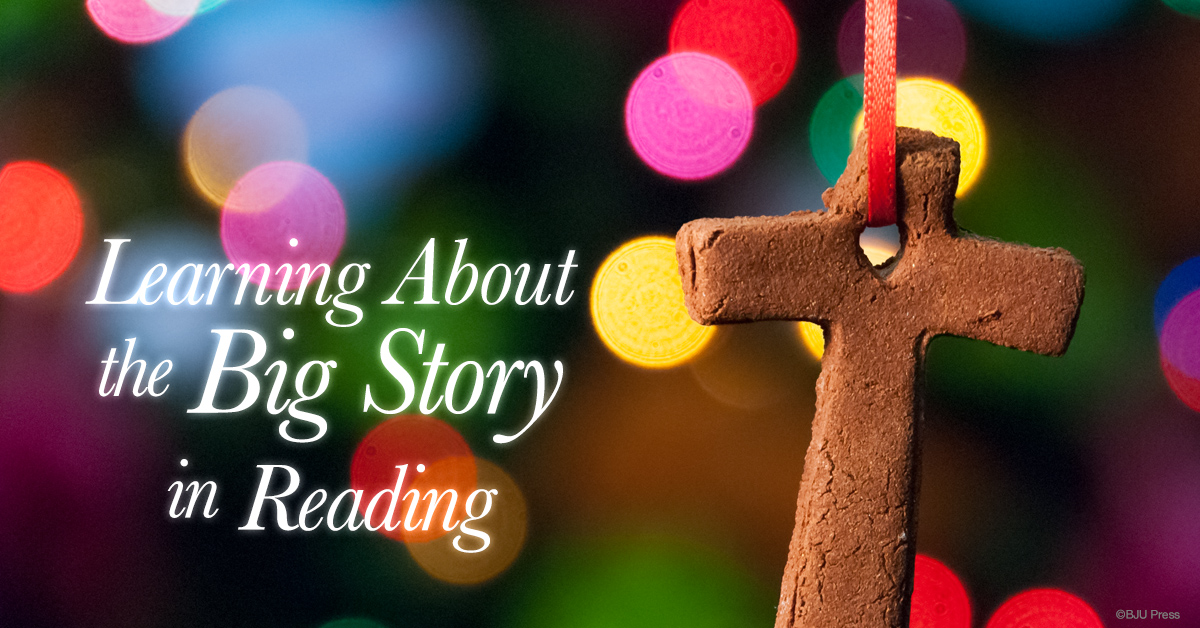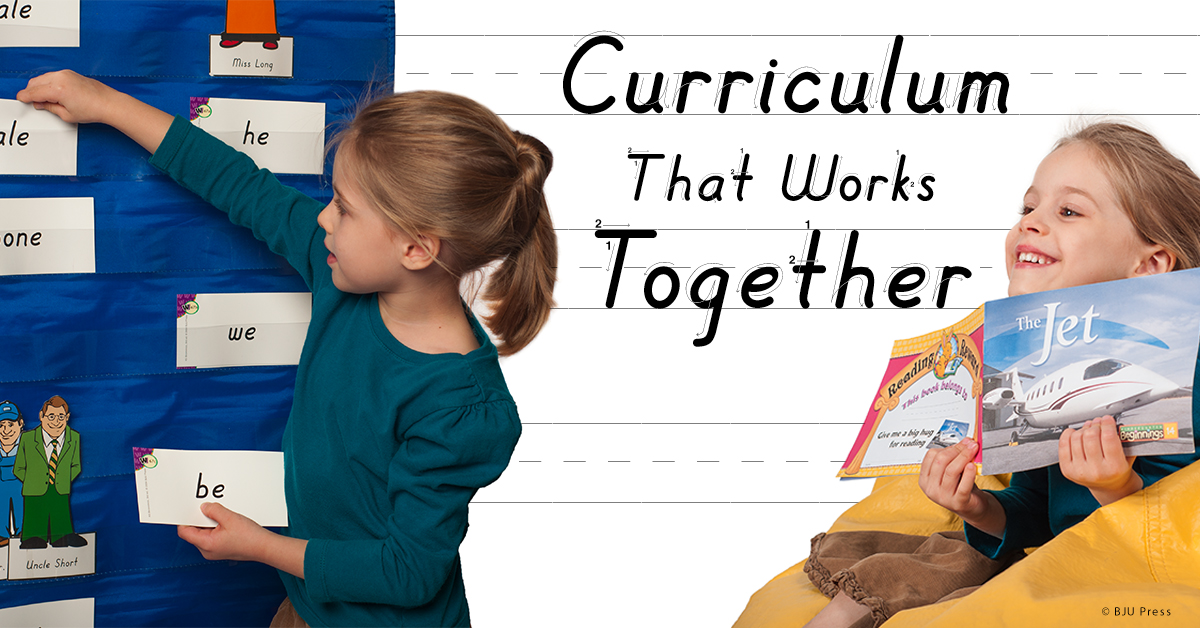
Since we have a little one on the way, I decided to get a head start and shop for some books that my son and I can read together over the next few years. I found some great options for curious toddlers and preschoolers. I like these books because they cover everyday things that children interact with and love to learn about. They’re simple—the kind of book you can go back to over and over again and never get bored.
Freight Train by Crews
Less is more. Modern illustrations and minimal text leave the door wide open for mom or dad to inject their own “choo choo” effects as the train barrels down the tracks toward its destination.
Amazing Airplanes by Mitton and Parker
Planning a trip? This fun book about airports and airliners will make your preschooler an expert before check-in. I would have loved this as a curious kid who was fascinated with the baggage-claim carousel.
City Signs by Milich
The title says it all. This book is nothing but phtographs of signs, signs, and more signs. Ever wonder how some kids figure out what they all mean before they can read?
Hands: Growing Up to Be an Artist by Ehlert
This very creative book focused on making things by hand has photographs that show raw materials, tools, and finished products of various crafts. It explains (in simple terms) how the object was made. A great learning tool!
Meet the Orchestra by Hayes
If you’re like a lot of parents, you probably play some classical music for your kids. This book identifies a wide range of musical instruments and the sounds they make. It’s perfect for reading while listening to your favorite compositions.
If Everybody Did by Stover
This one is a favorite among parents around our office. It answers that age-old question, “What would happen if everyone did that?” Silly illustrations teach valuable life lessons. A must-read for every child.
I’m looking forward to reading these books with my child to capture the many benefits of reading together. I hope my sharing them will help your family find many hours of enjoyable reading time.
Have book recommendations? I’d love to hear them! Drop them in the comments below.
